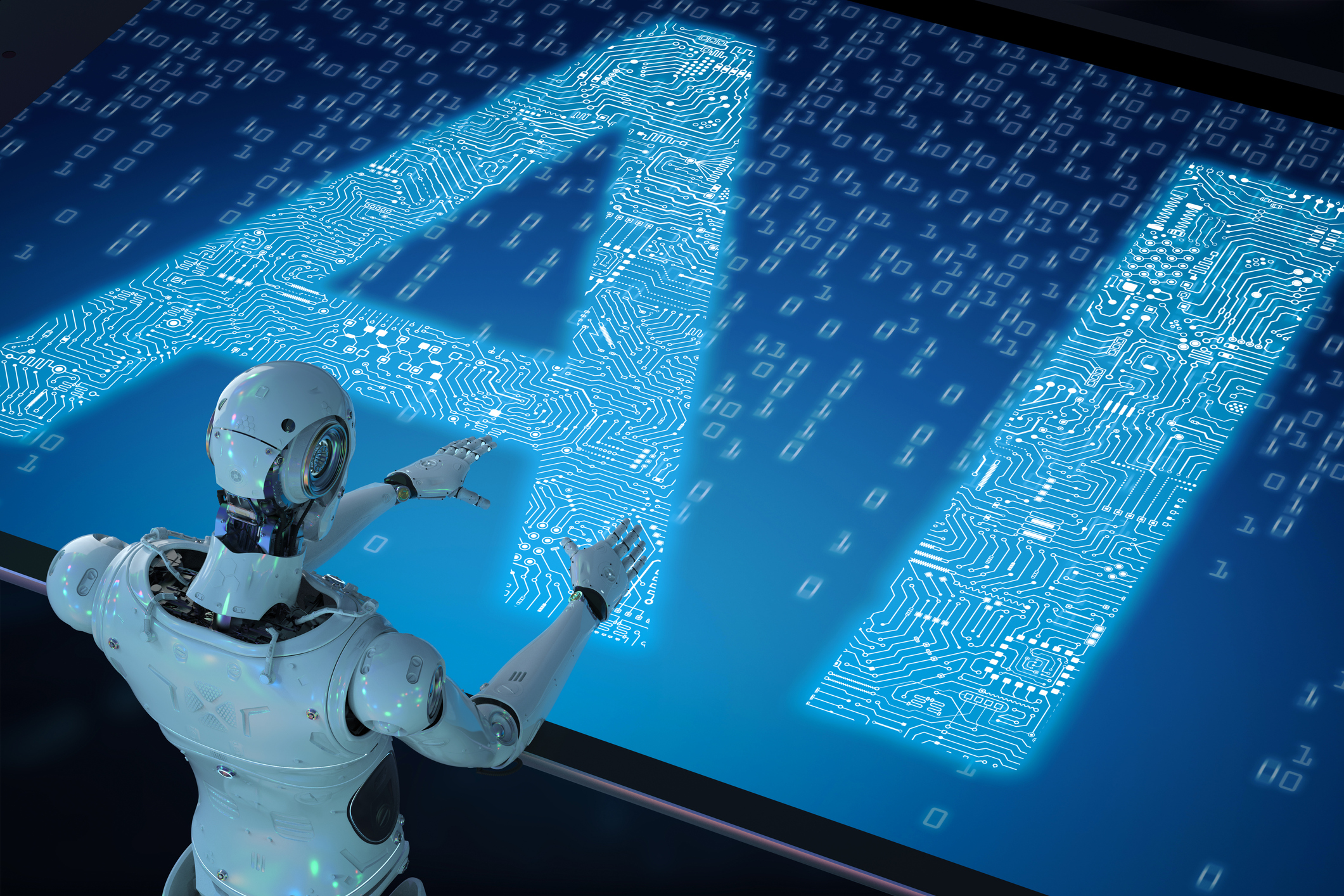
When it comes to using AI effectively, looks can be deceiving.
Or, as Catherine Ordun, a senior data scientist at Booz Allen Hamilton, put it more thoroughly in a recent commentary at Government Executive, healthcare stakeholders looking to implement new AI should be aware that “there is often a seduction with making AI look easy.”
The problem, she explains, is that “(m)any algorithms focus on tasks like object detection, image classification, and text classification, that are easily programmable through common deep learning frameworks, with an abundance of tutorials to show how to build and train these models instantaneously. Off-the-shelf algorithms are typically trained to process a single type or ‘mode’ of data, such as images or text, for example. And the ease and accessibility of these algorithms tempt inexperienced managers to approach every use case with a ‘unimodal’ mindset.”
Now, add in the complexities of managing healthcare data when it comes to making diagnoses, and it quickly becomes clear how, despite its efficiencies and speed, incorporating AI into healthcare requires no small amount of careful assessment.
As Ordun explains, “Unimodal algorithms that may have impressive results in a computer lab often flounder when exposed to real-world health data and use cases. This is because unimodal AI is typically limited in its ability to be effective or to ‘generalize’ across a broad range of inputs and applications. Humans, with our innate intelligence, generalize with great ease. We can recognize a cat, for example, regardless of how it may be portrayed in a picture or which breed of cat we are looking at. Conversely, AI algorithms struggle with generalizing because they are typically designed and trained to classify only certain types of data.”
In practical terms, then, Ordun advises providers and other healthcare stakeholders to think in terms of “triangulation” when applying AI tools.
“As health agencies adopt AI for applications such as precision medicine, population health, and outcomes evaluation,” she says, “they should consider aggregating data from multiple sources, such as time series data from Fitbits, textual data from social media, image data from MRIs and X-rays, and columnar data from lab results. Triangulating multiple modes of data produces better results in the form of improved accuracy, more generalizable algorithms, and better insights.”
As an example, she points to a Toronto-based company called BlueDot, which created and runs an AI-driven global health monitoring platform, and which was key in alerting the Canadian government, among others, to the spread of coronavirus in the early days of the Wuhan outbreak.
“BlueDot’s health monitoring platform uses natural-language processing and machine learning to analyze billions of data points across more than 100 datasets,” she explains, “including about 100,000 articles in 65 languages, animal and plant disease networks, and official proclamations. And because BlueDot also analyzes global airline ticketing data, it also correctly predicted the virus’ spread from Wuhan to Bangkok, Seoul, Taipei, and Tokyo shortly thereafter.”
In short, she says, when healthcare managers are choosing which mode of data to use for a given use case, “the best answer may sometimes be ‘all the above.’”


